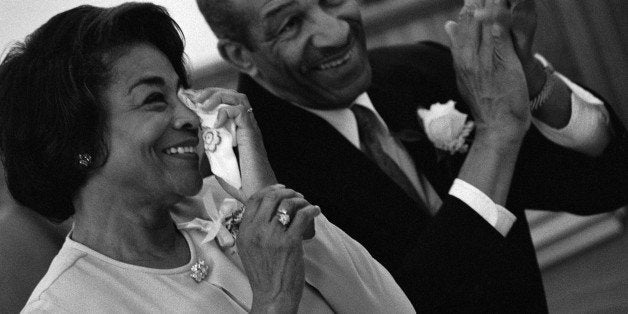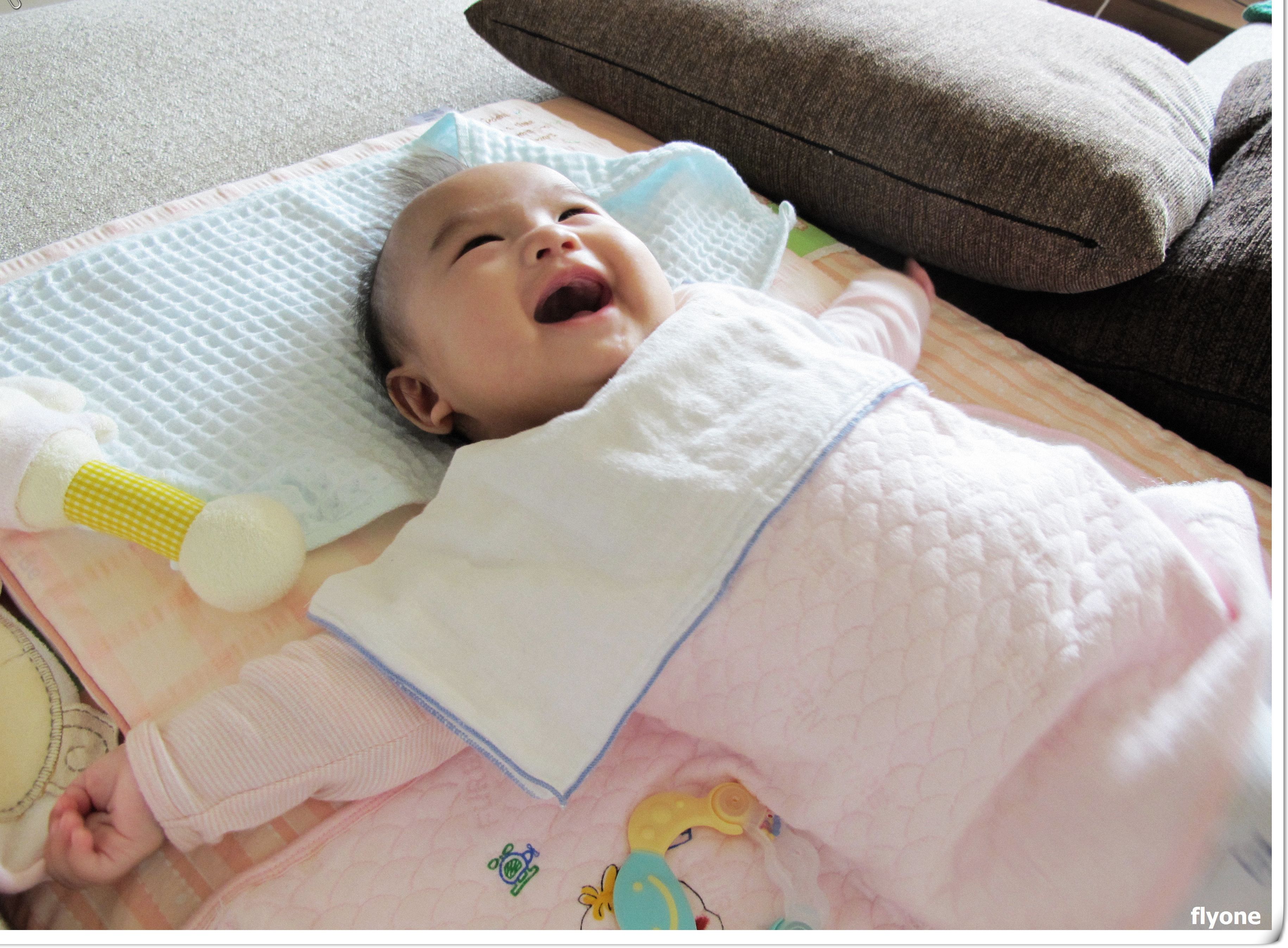
Do viral videos of war veterans being reunited with their children or dogs rescuing their owners make you choke up -- maybe just a little bit? Many people cry at weddings and graduations, but often, it doesn't take more than a photo or video of a heartwarming scene to get us a little misty.
We often find ourselves crying -- the universal sign for unhappiness -- when we feel overwhelmed with intense positive emotions. According to a new study, we may display this sort of negative reaction to a joyful experience as a way of keeping ourselves from getting too overwhelmed with good feelings.
The study, conducted at Yale University and published in the journal Psychological Science, took a close look at what's technically referred to as “dimorphous expressions” -- meaning, two expressions for one emotion -- such as tearing up and smiling during a happy movie, giggling and mourning at a funeral or cooing and gritting teeth when playing with a cute puppy.
"In our experiments we sought to record that people are actually experiencing one emotion (e.g., happiness) and then displaying two expressions," the study's lead author, Yale psychologist Orian Aragon told The Huffington Post.
The researchers measured participants' responses to positive stimuli like photographs of cute babies and asked them questions about their emotional reactions to positive experiences. They found that people who expressed both positive and negative reactions to positive news were more able to quickly moderate any intense emotions that they felt. This suggests that two contrasting emotional expressions may be the brain's way of bringing us back to an emotional baseline.
"People may be restoring emotional equilibrium with these expressions," Aragon continued in a statement. "They seem to take place when people are overwhelmed with strong positive emotions, and people who do this seem to recover better from those strong emotions."
They also found that people who express positive emotions with both positive and negative expression tend to do so across a variety of positive emotional events -- for example, those who were likely to cry when being reunited with a loved one were also likely to pinch a cute baby's cheeks (an expression of aggression in response to a joy-inspiring stimuli). The act of crying or pinching, it seems, helped them to cope with overwhelmingly positive feelings.
Conversely, people can respond to negative events with "positive" expressions for much the same reason -- to cope with fear, anger or despair. For example, psychologists have found that people sometimes smile during times of intense sadness.
The researchers are still not sure why this response only occurs in some people, but they theorize that those who experience it may be more expressive overall and more apt to get emotionally worked-up.
"For now, we can say that it seems that people express in two ways when they feel one strong emotion," Aragon told The Huffington Post. "Understanding how we express emotion is helpful to clinicians who work with people every day who have difficulty with their expression and regulation of emotion."

